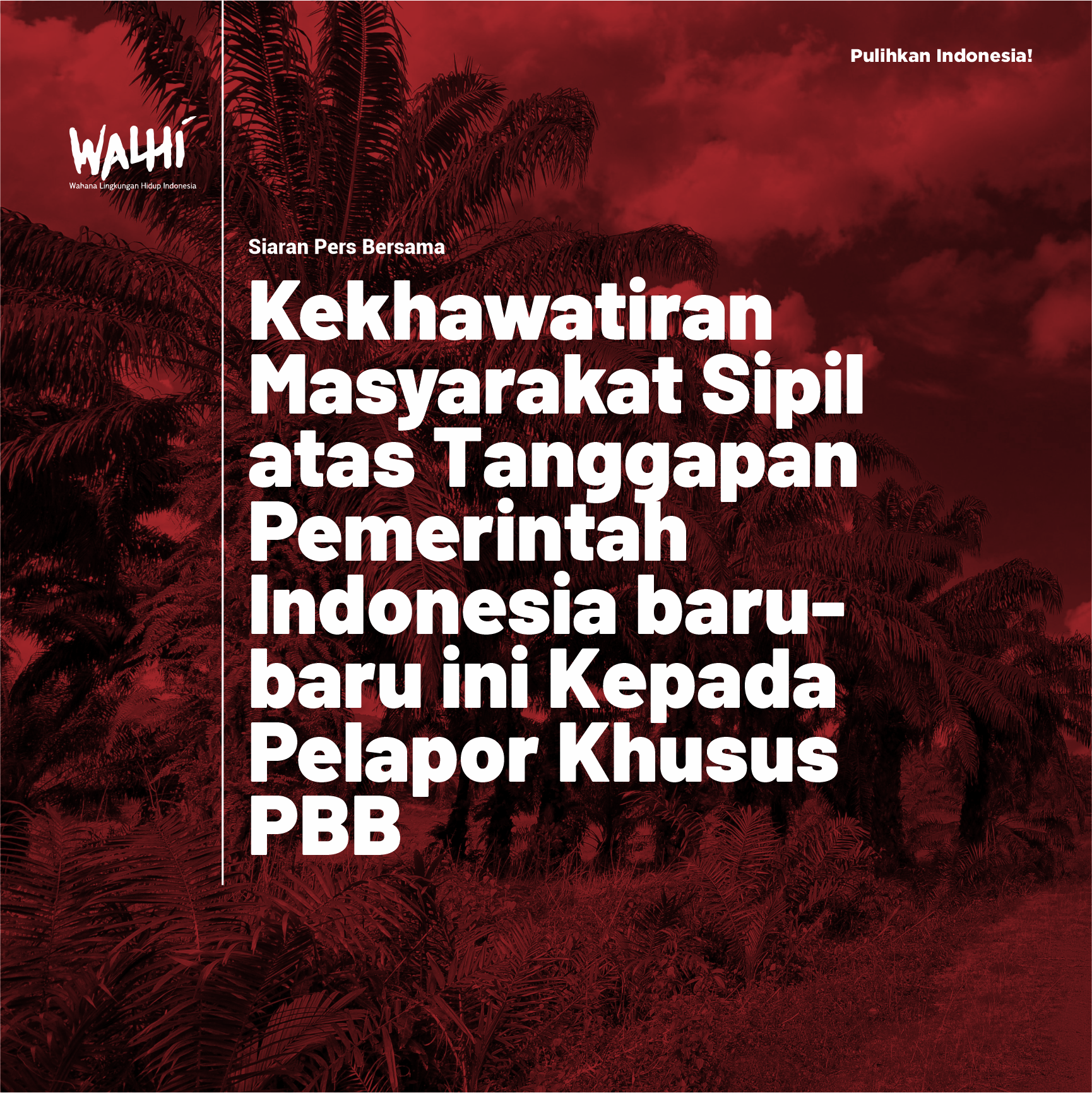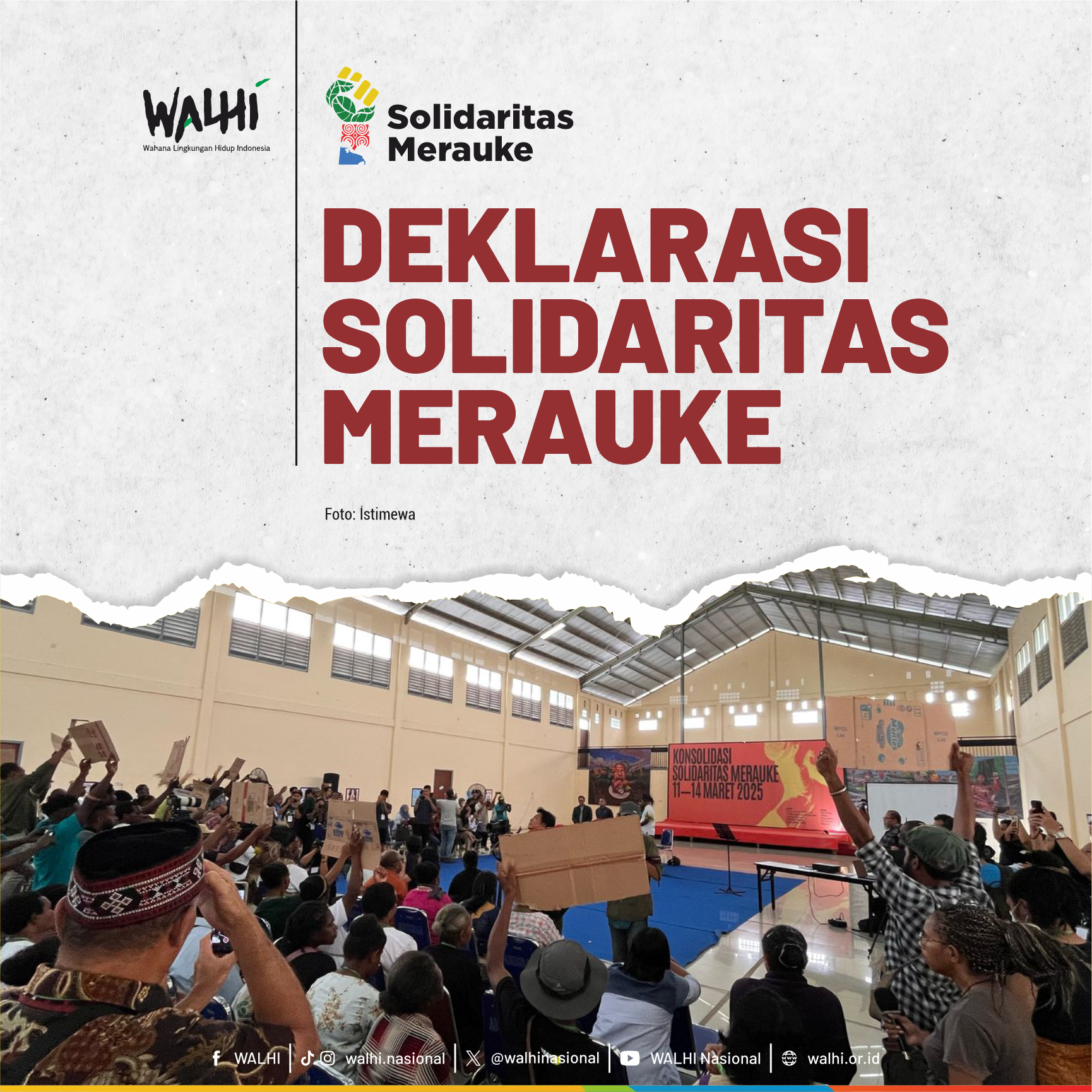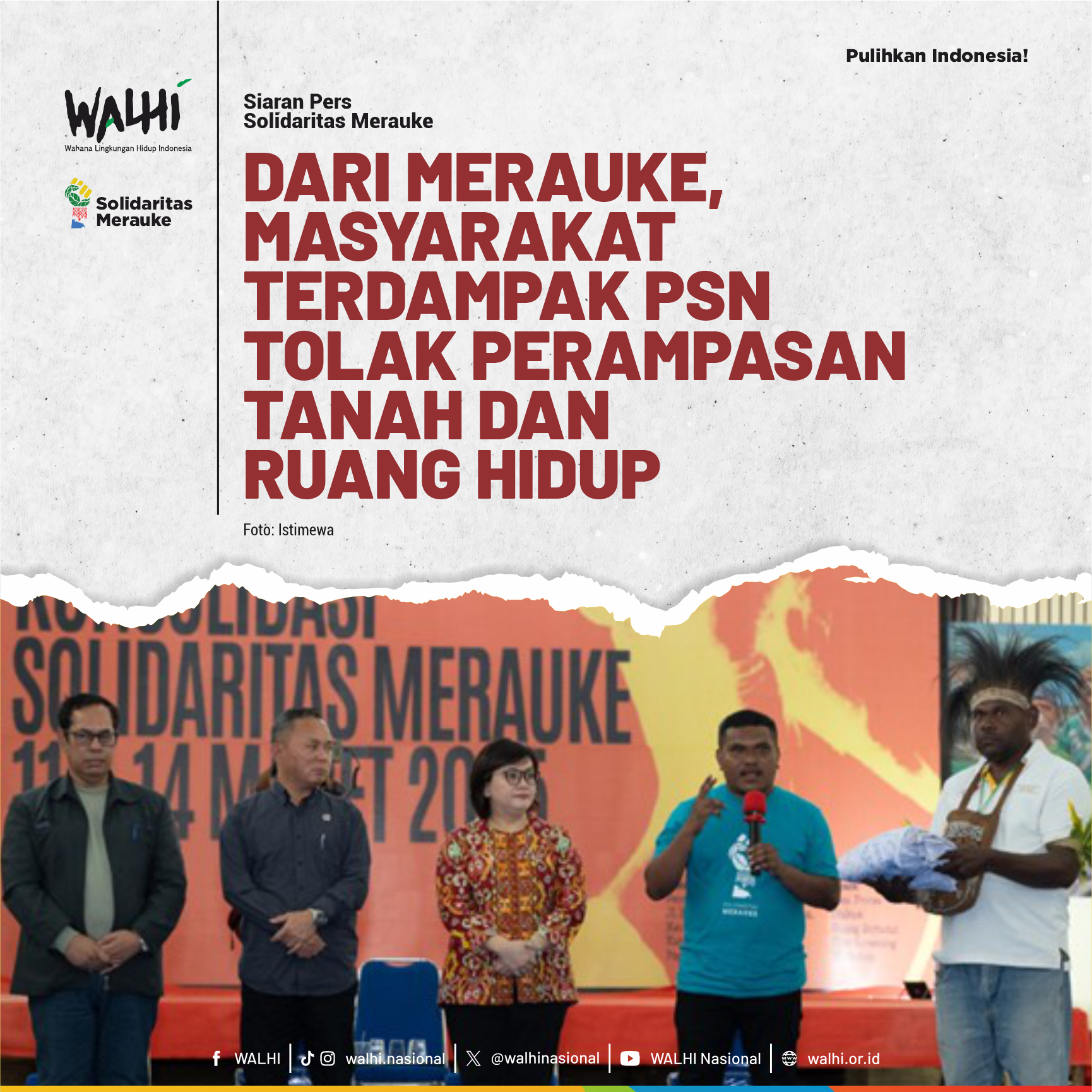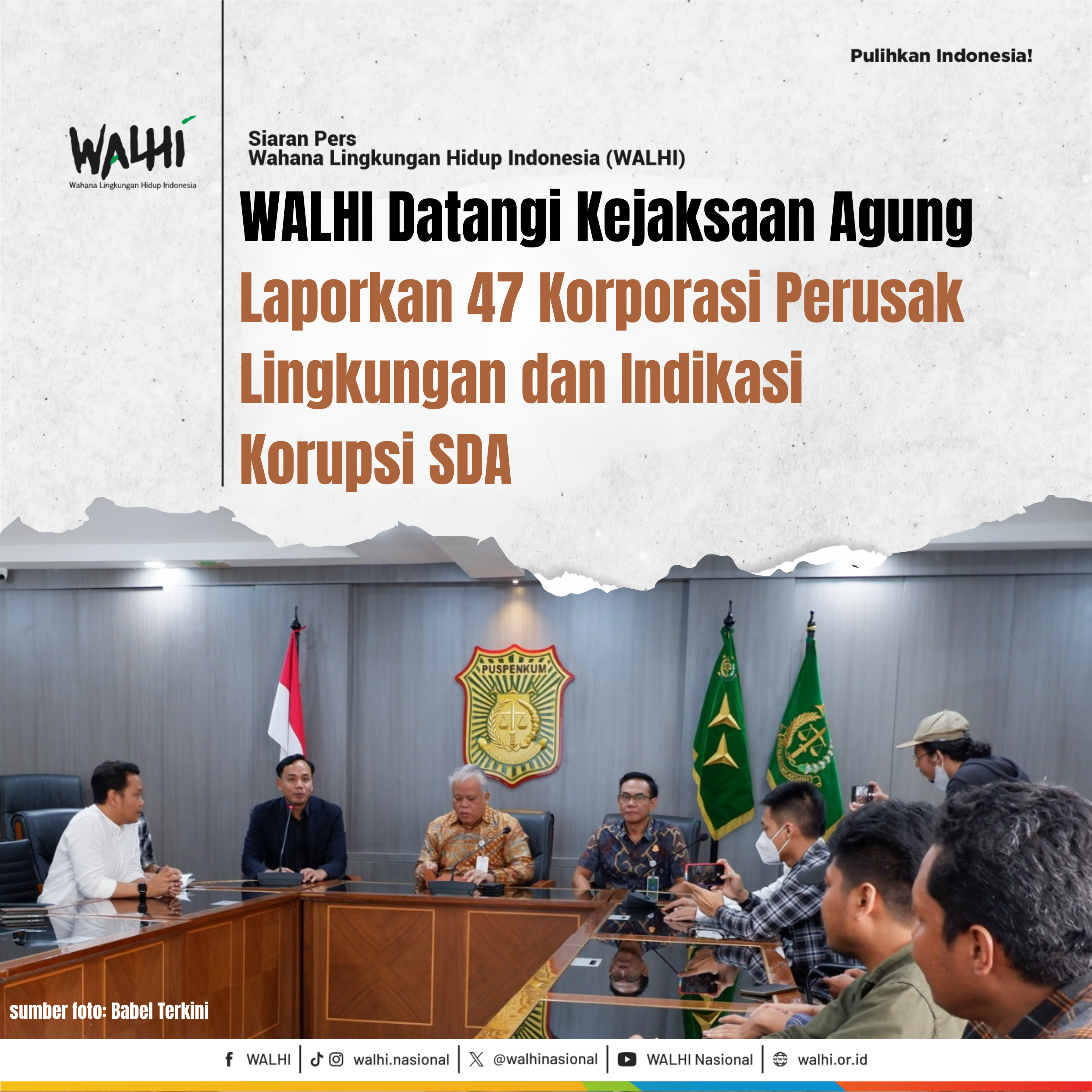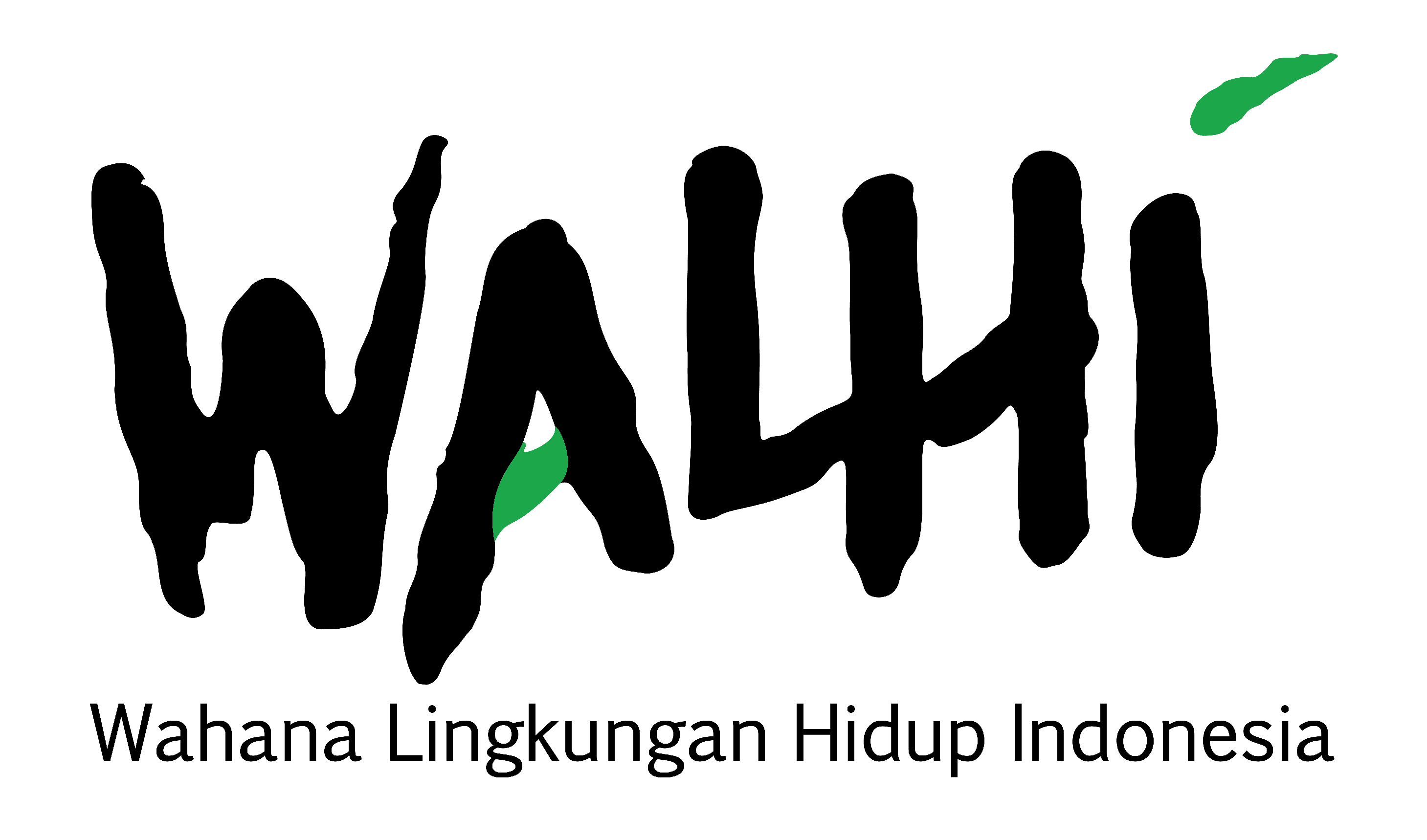Bank of China
1 Fuxingmen Nei Da Jie
Post Code: 100818
Beijing, People’s Republic of China
Tel:(86) 010-66596688
Fax:(86) 010-66016871
Re: Bank of China Involvement in Financing the Batang Toru Hydrodam
Dear Mr. Chen Siqing, Chairman of Bank of China,
We write this open letter due to your bank’s lack of response to our concerns regarding the Batang Toru Hydrodam, which Bank of China is financing. Despite many attempts to convey our concerns since May 2018, we still have not received a meaningful response from Bank of China. If built, the dam will likely doom the newly discovered Tapanuli orangutan species to extinction. Less than 800 of them are left.
We hope that Bank of China is willing to work positively with us as part of President Xi Jinping’s vision of a harmonious Belt and Road Initiative (BRI). Although BRI has brought opportunities to Indonesia, some of BRI investments, as in this case, are not being handled on a “win win” and “mutual benefit” basis, as promised and promoted by the Chinese central government.
Instead, many local communities are increasingly alienated and frustrated by Chinese investments which do not align with the actual development needs and interests of Indonesian citizens and communities. Rather than promoting an “ecological civilization”, some Chinese investments are destroying iconic ecosystems, like the Batang Toru Hydrodam project.
On behalf of the local communities and in support of saving the many endangered species found only in this region, we respectfully ask that Bank of China please suspend, cancel or require immediate repayment of any funds disbursed to its client, PT. NSHE, or other associated project developers, such as Sinohydro.
Wahana Lingkungan Hidup Indonesia (WAHLI) North Sumatra is very firm in rejecting the Batang Toru Hydrodam, which is being developed by PT. North Sumatra Hydro Energy (PT. NSHE). The Batang Toru Hydrodam will cut off the corridors between the Batang Toru Forest, the Western Block, and the Eastern Block, which are Sumatran and Tapanuli orangutan habitats. The plan to build a large tunnel (10 meters in diameter) will cut down 13 kilometers of primary forest, and require the development of inspection roads, which are also in primary forest. The project’s Environmental Impact Assesment (EIA) contained major gaps in assessing biodiversity, environmental, geophysical, social, and cumulative impacts, and even contained a forged signature. As a result, we are suing the Governor of North Sumatra; the case is currently ongoing.
We have submitted a summary of the statements and testimonies of experts to the State Administrative Court describing how the project conflicts with the legal constitution in Indonesia, and how it will pose major environmental and social risks. According to witnesses testifying against PT. NSHE, Indonesian and international experts have categorically condemned the project as failing to comply with Indonesian law, failing to account for major geological and engineering issues with dam building in the area, and failing to consider the irrevocable biodiversity impacts. We include below key points made by Indonesian legal and biodiversity experts from the legal hearings:
- Denny Indrayana S.H., LLM., PhD, Professor of Constitutional Law, Gadjah Mada University (UGM)
Professor Indrayana explained the General Principles of Good Government (AUPB), which are the principles used by government officials when issuing administrative decisions and/or actions. AUPB is required by law. Under AUPB principles, if the business holder/business owner does not involve the local community in the public consultation, then it violates
Government Regulation No. 27 of 2012 concerning environmental permits, as well as the regulation of the
Minister of Environment No. 17 of 2012 concerning Guidelines for Community Engagement in the Process of Environmental Impact Assesment (EIA) and Environmental Permits. According to these regulations, substantive landscape studies must also be accommodated in the EIA document for the benefit of all living beings that depend on the landscape. According to Professor Indrayana, the business owner, PT. NSHE, did not adequately fulfill these legal requirements on public consultations and environmental impact analysis and permitting.
- Dr.Eng.Ir. Teuku Abdullah Sanny, Professor in Exploration and Engineering Seismology, Bandung Institute Techonlogy (ITB)
Dr. Sanny stated that the tip of Sumatra Island, especially Aceh and North Sumatera, has the largest fault area in Indonesia; it lies in the Red Zone, also known as the Ring of Fire. This highly active volcanic and earthquake fault line area is the proposed location for the Batang Toru Hydrodam. For any project located in the Red Zone, a thorough, detailed study must be carried out in order to ensure safe and sustainable development in the region. He also emphasized that the dam construction has high risks. In order to develop the area safely, a detailed study on all aspects such as human, spatial, environmental and natural, and social must be conducted, and cannot be rushed. He also added that the EIA should account for geological and geophysical issues. Japan exemplifies some of the problems with failing to consider the domino and cumulative impacts of underestimating active fault lines: for example, Japan’s infrastructure was destroyed in just minutes after an earthquake hit. This was because geophysical studies had never been carried out for those infrastructure projects. Dr. Sanny also conveyed this to President Joko Widodo, and urged a careful analysis in regards to the Batang Toru Hydrodam.
- Dr. Serge Alexander Wich, Professor in Primate Biology, Liverpool John Moores University; Deputy Vice Chair for the Section on Great Apes, IUCN Primate Specialist Group
Dr. Wich explained that an analysis of the endangered Tapanuli orangutans species must be carried out by Zoologist or Botany experts before any further dam construction continues. He testified that the decline of the Tapanuli orangutan population has been directly influenced by the construction of gold mining, hydropower construction, and the opening of road access that facilitate orangutan poaching. In regards to potentially relocating orangutans, Dr. Wich emphasized that such a plan would be impossible since orangutans have various overlapping home ranges in their lives. For instance, the male orangutan is estimated to have a daily range of around 100 - 500 km, while the female has a smaller range. This means that orangutan relocation attempts will actually reduce their range and essentially result in habitat loss, thus adversely affecting the genetic diversity of Tapanuli orangutans. Limited food sources are also a risk in orangutan relocation. In other words, Dr. Wich argued that relocating orangutans would not result in their protection, but might actually further endanger their ability to survive. Because orangutans are migratory, it cannot be guaranteed they will stay in a relocation area. According to him, orangutans will build their nests wherever comfortable. The Tapanuli orangutan has already been listed as endangered on the IUCN Red List, and given their very small numbers, urgent attention should be given to ensuring their survival.
- Dr. Onrizal S.Hut, M.Si., PhD, Professor of Forestry Science, North Sumatera University
Alarmingly, the EIA for the Batang Toru Hydrodam contains a forged signature, which essentially led to the approval of the EIA. Mr. Onrizal is listed as the EIA compiler, but he did not approve or draft the latest EIA used for the Batang Toru Hydrodam. He testified in court that his signature on the current EIA was blatantly forged, as he was not involved in the 2016 EIA Addendum. Mr. Onrizal was only involved in the first Environmental Impact Analysis conducted in 2013, which was released in 2014. However, he was never involved in drafting the current EIA being used for the Batang Toru Hydrodam, which includes a separate addendum drafted in 2016. He stressed that the following sections of the EIA were not drafted or approved by him: 1) the statement in the 2016 Addendum document attached on chapter 15 on the Summary of Terrestrial Fauna in the Batang Toru Hydropower Area, 2) the statement in table 3.9 page III-16 related to mammal animals, 3) the drafting of the 2016 Batang Toru hydropower AMDAL 4) the explanation related to biodiversity. None of these sections were done by Mr. Onrizal, and he firmly stated that his signature on the 2016 EIA Addendum for the Batangtoru Hydrodam was instead forged.
We understand that China aspires to build a green, mutually beneficial Belt and Road Initiative. We also understand that Chinese banks and companies, in addition to host country communities and organizations, play key roles in that process.
However, this vision simply cannot be achieved when Chinese-sponsored projects destroy the only known habitat for a newly discovered and critically endangered orangutan species, dispossess local communities of their land and livelihood, contribute to climate change, in addition to destroying the last true, intact forest of Sumatera. In addition, moving forward with this project would contravene the Chinese government’s own green development guidelines, sustainable banking policies like the Green Credit Guidelines, and the basic principles of the Belt and Road initiative.
Bank of China could be a hero in the race to save the Tapanuli orangutan and the iconic ecosystem it calls home. Otherwise, Bank of China is financing the first Belt and Road project to potentially result in the extinction of an entire species.
Sincerely,
Dana Prima Tarigan, S. Sos
Executive Director
WALHI Sumatera Utara


